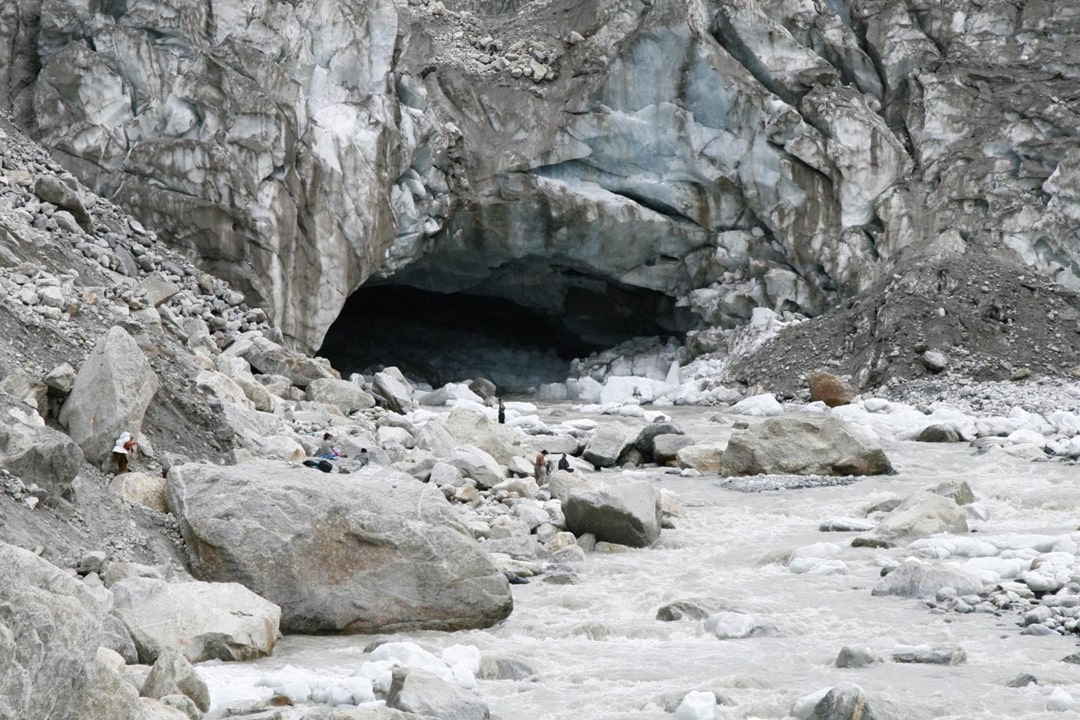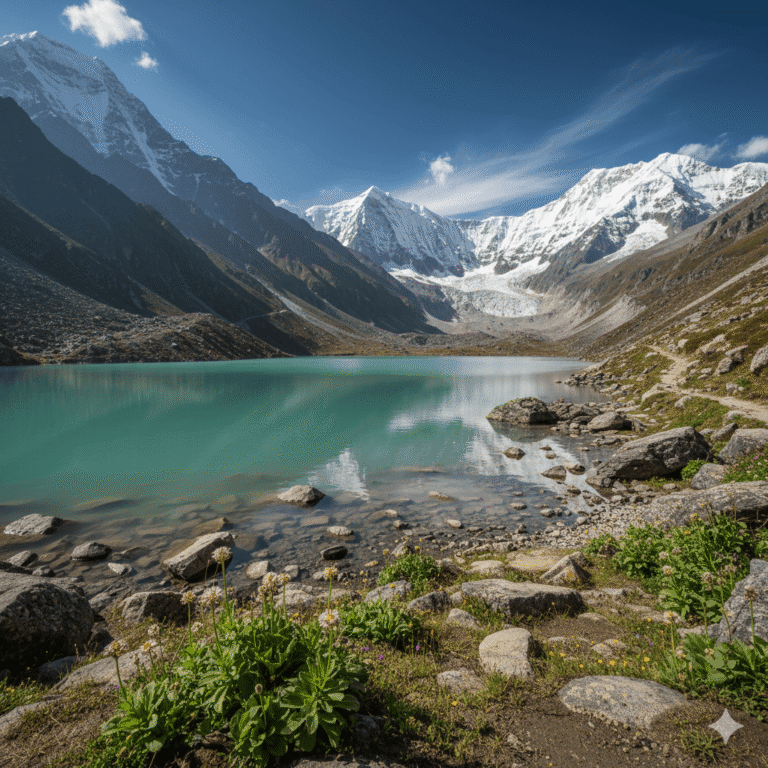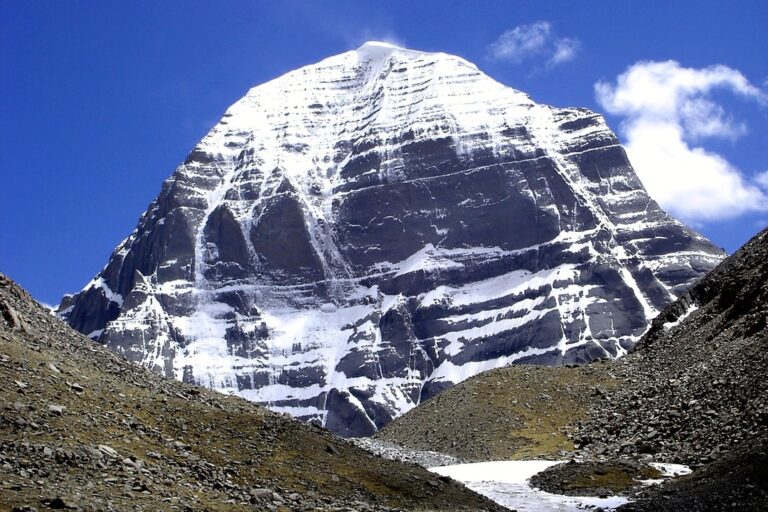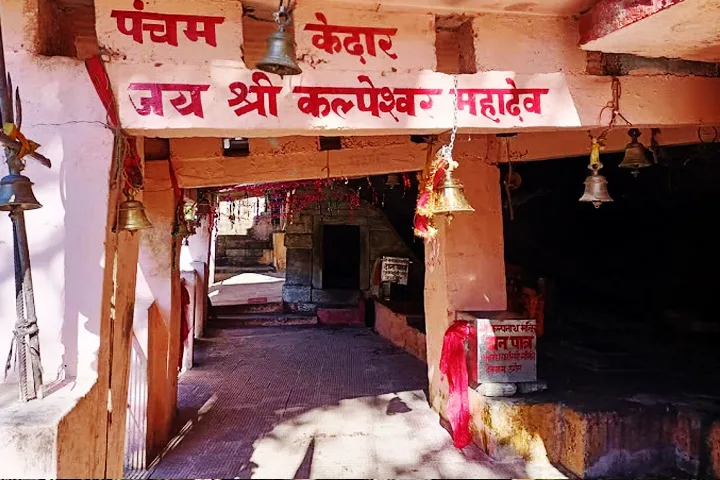Gaumukh Tapovan Yatra

Introduction
The Gaumukh Tapovan Yatra is one of the most sacred and spiritually elevating pilgrimages in the Indian Himalayas. Located in Uttarkashi District of Uttarakhand, this divine journey takes devotees to the origin of the holy River Ganga — emerging from the snout of the Gangotri Glacier known as Gaumukh (meaning “Cow’s Mouth”). The Yatra continues to Tapovan, a high-altitude meadow at the base of Mount Shivling, where Lord Shiva is believed to have meditated.
This journey symbolizes the eternal connection between Ganga Mata and Lord Shiva — purity and power, devotion and detachment. Pilgrims and trekkers alike consider the Gaumukh Tapovan Yatra as both a spiritual calling and a life-transforming Himalayan experience.
Mythological and Spiritual Significance
According to ancient scriptures, Mother Ganga descended to Earth to purify humanity and grant liberation to the souls of the ancestors of King Bhagirath. Her divine descent was so powerful that Lord Shiva contained her mighty flow within His matted locks (Jata), releasing her gently as a life-giving river to the world. This sacred union of Shiva and Ganga is celebrated as an eternal act of compassion and cosmic balance.
Gaumukh is revered as the very point where Ganga Mata manifests physically on Earth. The ice cave shaped like a cow’s mouth is considered an entrance to divine purity. A few kilometers beyond, at Tapovan (“forest of meditation”), sages and devotees have meditated for centuries to attain enlightenment. The presence of Mount Shivling (6,543 m) near Tapovan symbolizes Lord Shiva Himself — silent, strong, and eternal.
Geography and Altitude
The Gaumukh Tapovan region lies within the Gangotri National Park, surrounded by the majestic peaks of Bhagirathi I, II, III, and Mount Shivling. The Gaumukh Glacier sits at an altitude of approximately 4,023 meters (13,200 ft), while Tapovan lies higher at around 4,463 meters (14,640 ft). The trek offers awe-inspiring views of glaciers, alpine meadows, and snow-capped peaks.
This area marks the upper reaches of the sacred Bhagirathi River, which later joins the Alaknanda to form the holy Ganga at Devprayag — one of the holiest confluences in India.
Route and Trek Overview
The Yatra begins at Gangotri Temple (3,100 m), dedicated to Goddess Ganga. From here, pilgrims undertake a trekking route through dense forests, rugged paths, and riverbanks to reach Gaumukh and further ascend to Tapovan.
Route Overview:
- Gangotri → Chirbasa (9 km)
- Chirbasa → Bhojwasa (5 km)
- Bhojwasa → Gaumukh (4 km)
- Gaumukh → Tapovan (5 km, steep climb)
The total trek distance is about 18–20 km one way. The path offers divine views of the Bhagirathi peaks and the constant sound of Ganga’s flow — a reminder of the goddess’s living presence.
Permits and Permissions
Since Gaumukh and Tapovan lie within a protected area, pilgrims and trekkers require official permission from the Forest Department of Uttarkashi for entry into the Gangotri National Park.
How to Obtain Permits:
- Apply in person at the District Forest Office, Uttarkashi or Gangotri National Park Office.
- Online permits can also be requested via the Uttarkashi Forest Department portal (subject to availability).
- Each permit is valid for 2–3 days to reach Gaumukh and an additional 2 days for Tapovan (usually 5 days total).
- Limited daily entries (around 150 per day) — hence advance booking is recommended.
- Approximate permit fee: ₹150 for Indians, ₹600 for foreigners.
Eligibility and Fitness
The trek to Tapovan requires good physical fitness due to high altitude, rocky terrain, and temperature variations. Children below 12 years and elderly above 70 are advised caution unless physically trained. No special mountaineering skills are needed, but prior trekking experience helps.
Fitness Preparation Tips:
- Practice brisk walking (5–10 km daily) for at least a month before Yatra.
- Build stamina with light jogging, yoga, and breathing exercises (Pranayama).
- Acclimatize well at Gangotri for one night before starting the trek.
Best Time to Visit
The ideal time for the Gaumukh Tapovan Yatra is between May–June and September–October. The trail remains closed during monsoon (July–August) due to landslides and glacial melting, and in winter (November–April) due to heavy snowfall.
During summer, clear skies and moderate temperatures make it perfect for darshan, meditation, and photography of the Himalayas.
Detailed Itinerary
- Day 1: Arrive at Uttarkashi and travel to Gangotri (overnight stay).
- Day 2: Visit Gangotri Temple, offer prayers to Ganga Mata; acclimatization.
- Day 3: Trek from Gangotri to Bhojwasa (via Chirbasa, 14 km).
- Day 4: Bhojwasa → Gaumukh (4 km), darshan at the glacier snout. Continue to Tapovan (5 km) for meditation and overnight stay.
- Day 5: Morning meditation and sunrise darshan of Mount Shivling. Return to Bhojwasa or Gangotri.
- Day 6: Drive back to Uttarkashi or onward journey.
Accommodation and Facilities
Accommodation options are limited. The Lal Baba Ashram and GMVN Guest House at Bhojwasa provide basic lodging and food. Tapovan only has tented camping facilities arranged by trekking guides. Pilgrims are advised to carry dry fruits, glucose, and water purification tablets.
Spiritual Rituals and Practices
At Gaumukh, devotees perform Snan (holy dip) in the icy waters of Ganga Mata to purify the body and soul. Offerings of flowers, rudraksha, and prayers to Lord Shiva and Ganga are made before beginning meditation or mantra japa. It is said that meditating at Tapovan grants spiritual insight and inner awakening.
The ancient sages — including Sage Bhagirath and later Adi Shankaracharya — are believed to have performed penance here. The spiritual vibrations of this region remain strong even today, attracting seekers from around the world.
Cost and Trek Packages
The average cost of a 5–6 day Gaumukh Tapovan Yatra ranges between ₹10,000 – ₹20,000 per person, depending on group size and services. The fee includes permits, guide, accommodation, food, and transportation from Uttarkashi or Gangotri. Private agencies and Garhwal Mandal Vikas Nigam (GMVN) offer organized packages.
Preparation and Packing Tips
- Carry layered warm clothing, gloves, thermal wear, and waterproof jackets.
- Good quality trekking shoes and walking sticks are essential.
- Carry 2 water bottles, glucose, energy bars, flashlight, raincoat, and a first-aid kit.
- Mobile networks work only till Bhojwasa; beyond that, satellite phones are used by guides.
Nearby Sacred Places
- Gangotri Temple: Main shrine of Goddess Ganga, where the Yatra begins.
- Bhagirathi Shila: Rock where King Bhagirath meditated for Ganga’s descent.
- Suryakund & Gaurikund: Sacred waterfalls near Gangotri temple complex.
- Kedar Tal: A high-altitude lake trek nearby, sacred to Lord Shiva.
Visitor Information
- Location: Gangotri National Park, Uttarkashi District, Uttarakhand, India
- Altitude: Gaumukh – 4,023 m; Tapovan – 4,463 m
- Duration: 5–6 days
- Permit Authority: Forest Department, Uttarkashi
- Best Months: May–June & September–October
- Nearest Airport: Jolly Grant Airport, Dehradun
- Nearest Railway Station: Rishikesh (250 km)
Conclusion
The Gaumukh Tapovan Yatra is a sacred journey to the source of divine purity — where Ganga Mata begins her descent to Earth and Lord Shiva blesses the world through silence and meditation. Every step on this path is a prayer, every breath a chant, and every glimpse of the glacier a reminder of divine grace.
May the blessings of Ganga Mata and Lord Shiva cleanse your spirit, remove your burdens, and fill your life with peace and divine energy. 🙏



